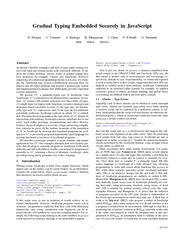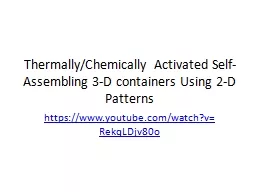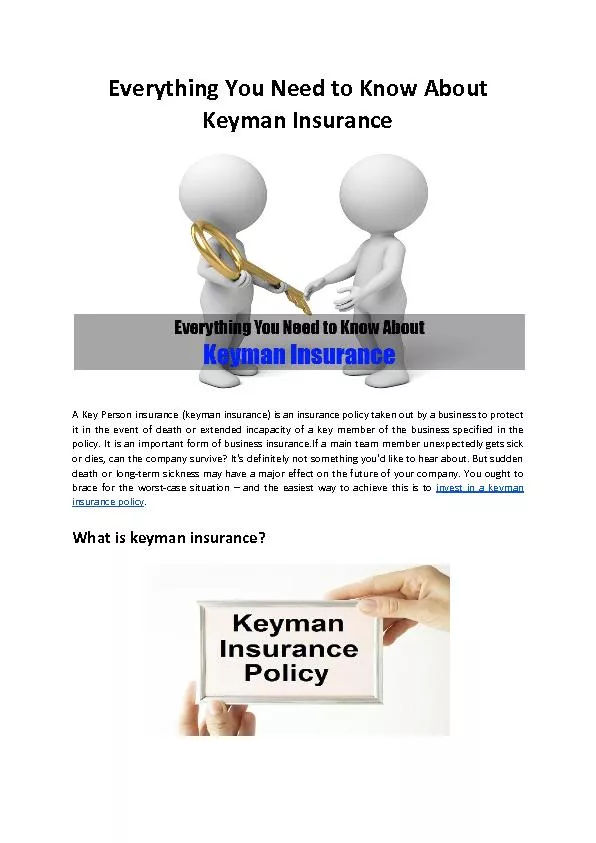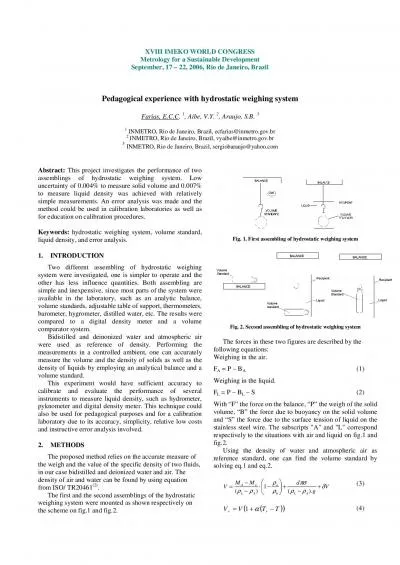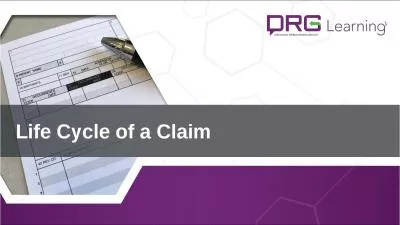PPT-Business School Self-assembling insurance claim models
Author : sherrill-nordquist | Published Date : 2018-03-16
Greg Taylor School of Risk and Actuarial Studies UNSW Australia Sydney Australia Hugh Miller Gráinne McGuire Taylor Fry Analytics amp Actuarial Consulting Sydney
Presentation Embed Code
Download Presentation
Download Presentation The PPT/PDF document "Business School Self-assembling insuranc..." is the property of its rightful owner. Permission is granted to download and print the materials on this website for personal, non-commercial use only, and to display it on your personal computer provided you do not modify the materials and that you retain all copyright notices contained in the materials. By downloading content from our website, you accept the terms of this agreement.
Business School Self-assembling insurance claim models: Transcript
Download Rules Of Document
"Business School Self-assembling insurance claim models"The content belongs to its owner. You may download and print it for personal use, without modification, and keep all copyright notices. By downloading, you agree to these terms.
Related Documents


